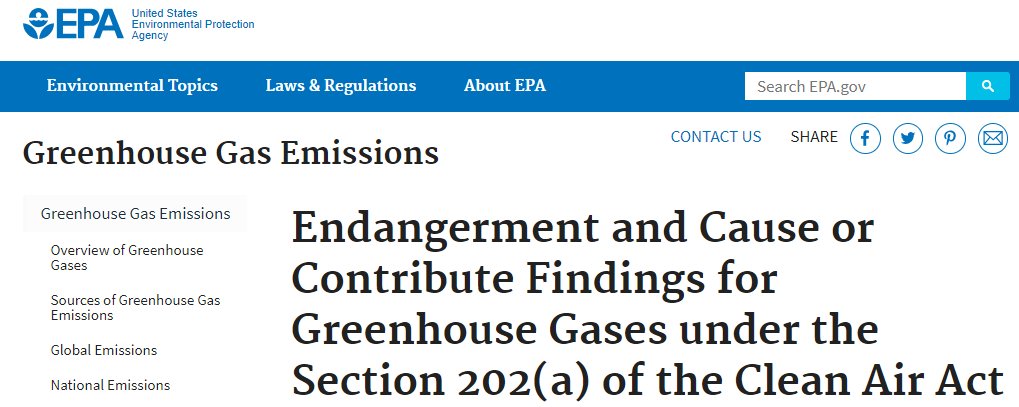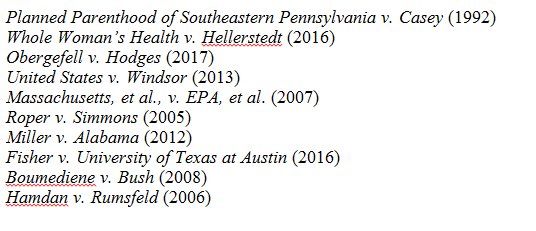Higher GWPs for methane and other gases found in the IPCC Fifth Assessment Report are not yet incorporated into the Inventory.
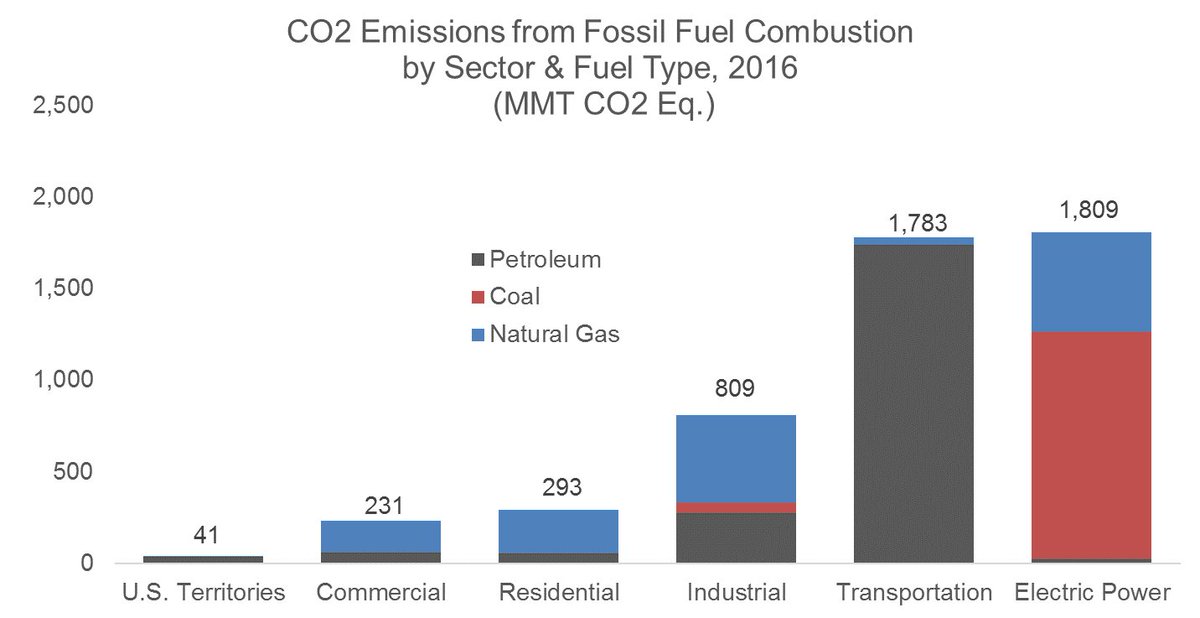
Enteric fermentation (cow burps and farts) is the number one source of methane in the US.
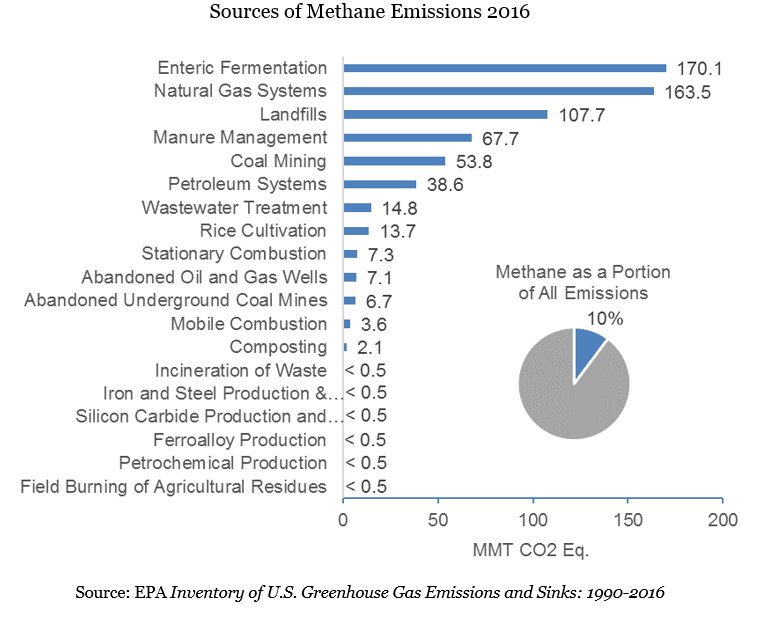
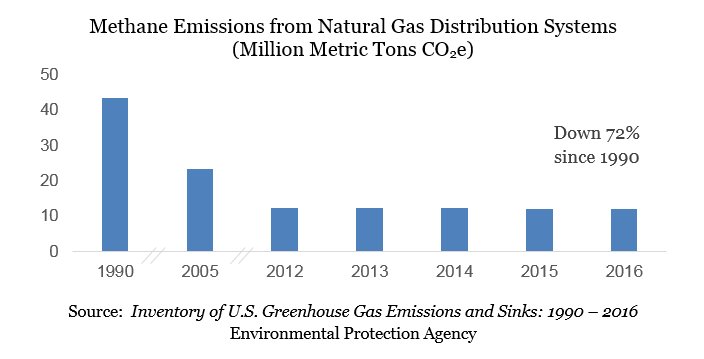
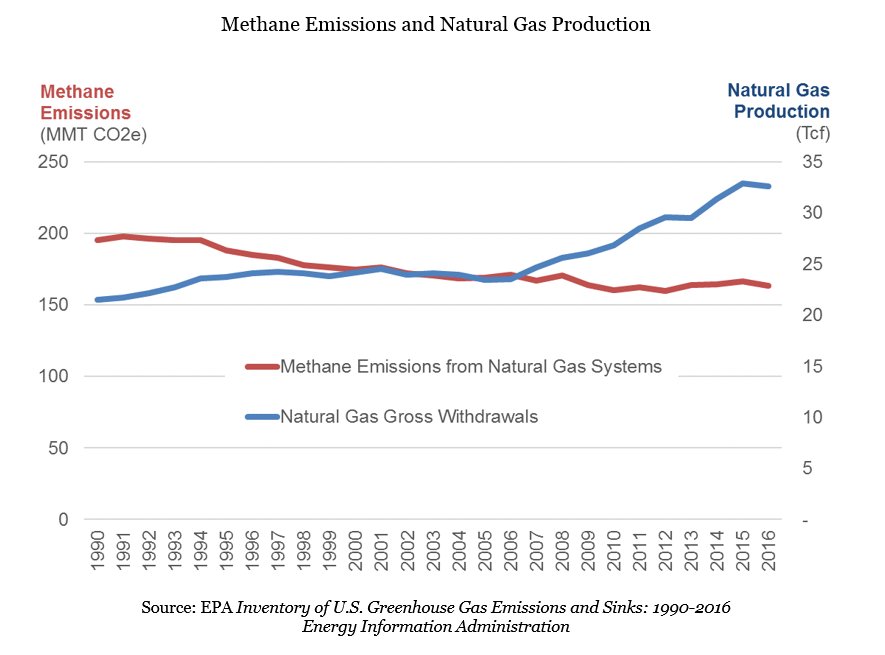
This drop occurred as gas utilities added 739,000 miles of distribution pipeline to serve 19 million more customers with gas service.
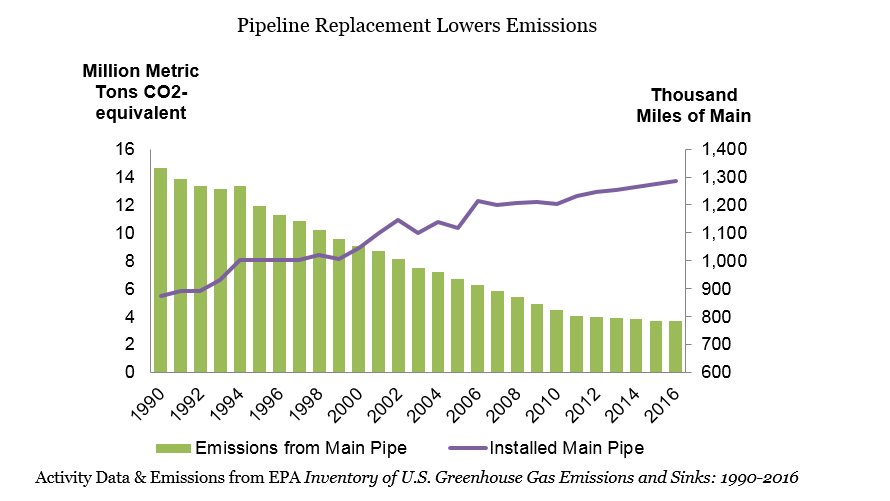
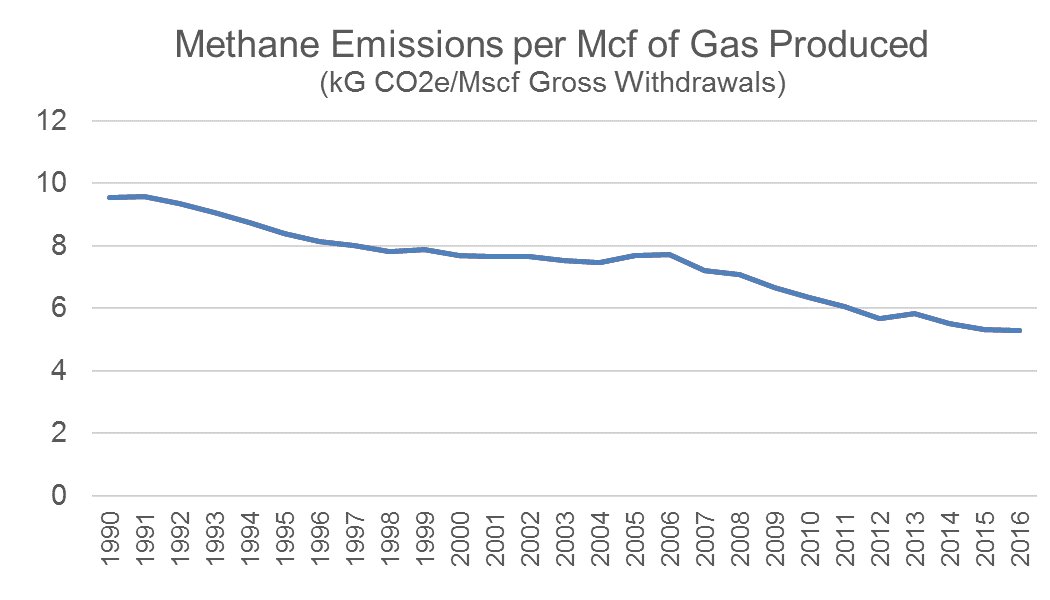
EPA's Inventory is a continual work in progress. Trends in natural gas system emissions are markers that signify directionally how new information better informs our understanding of GHGs from natural gas.






